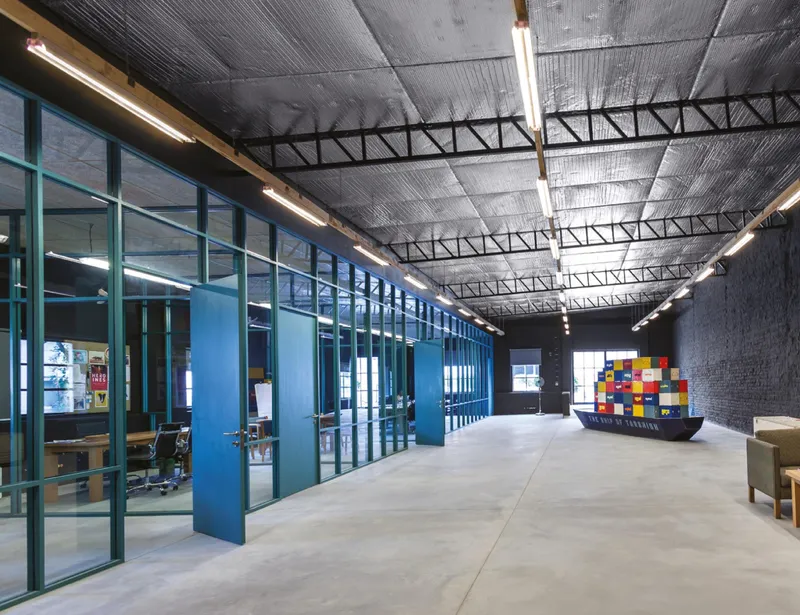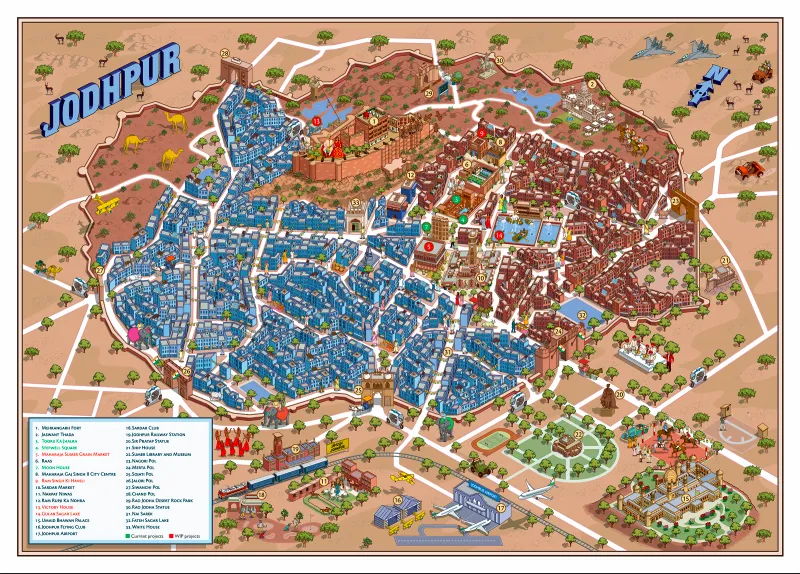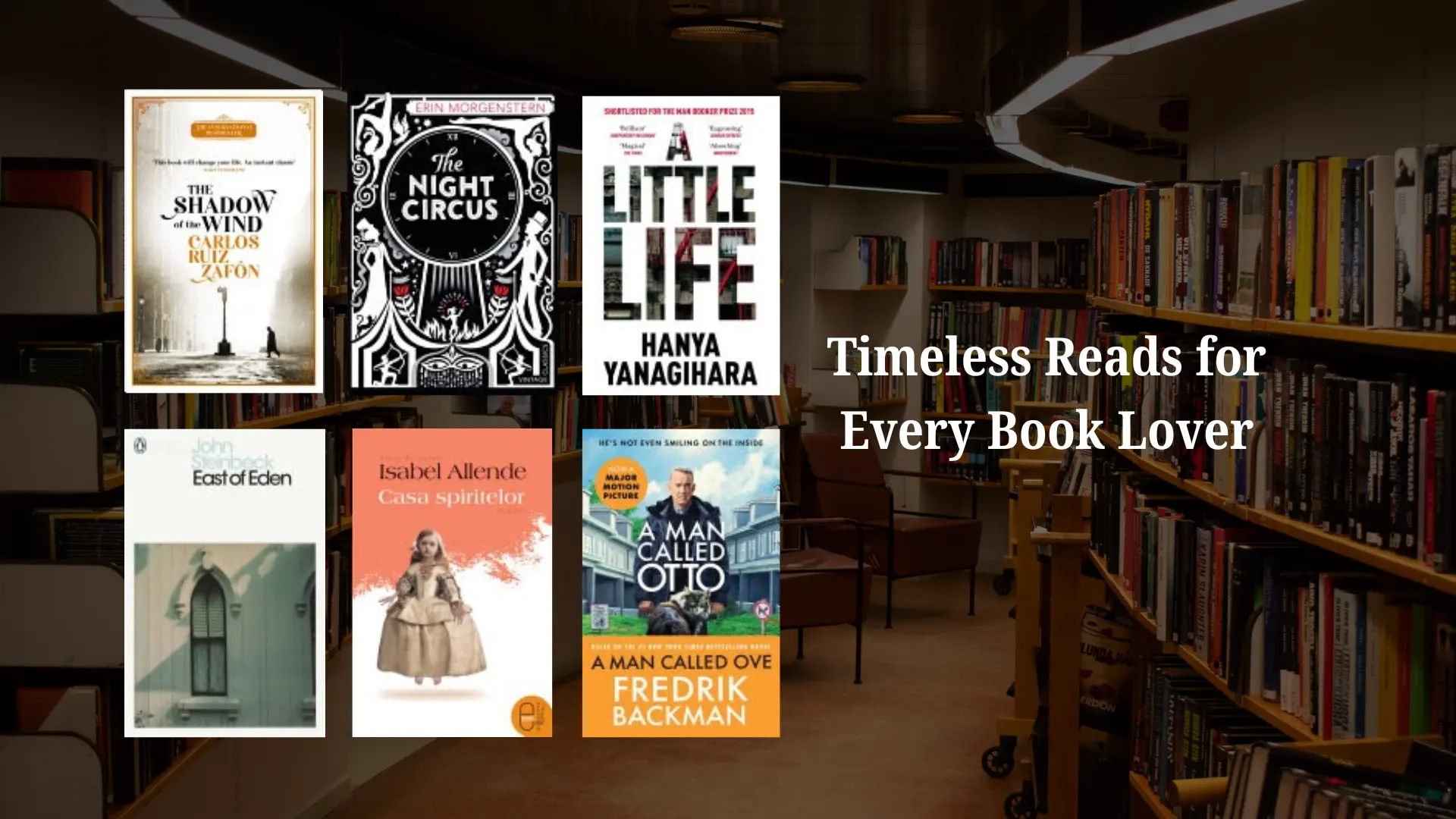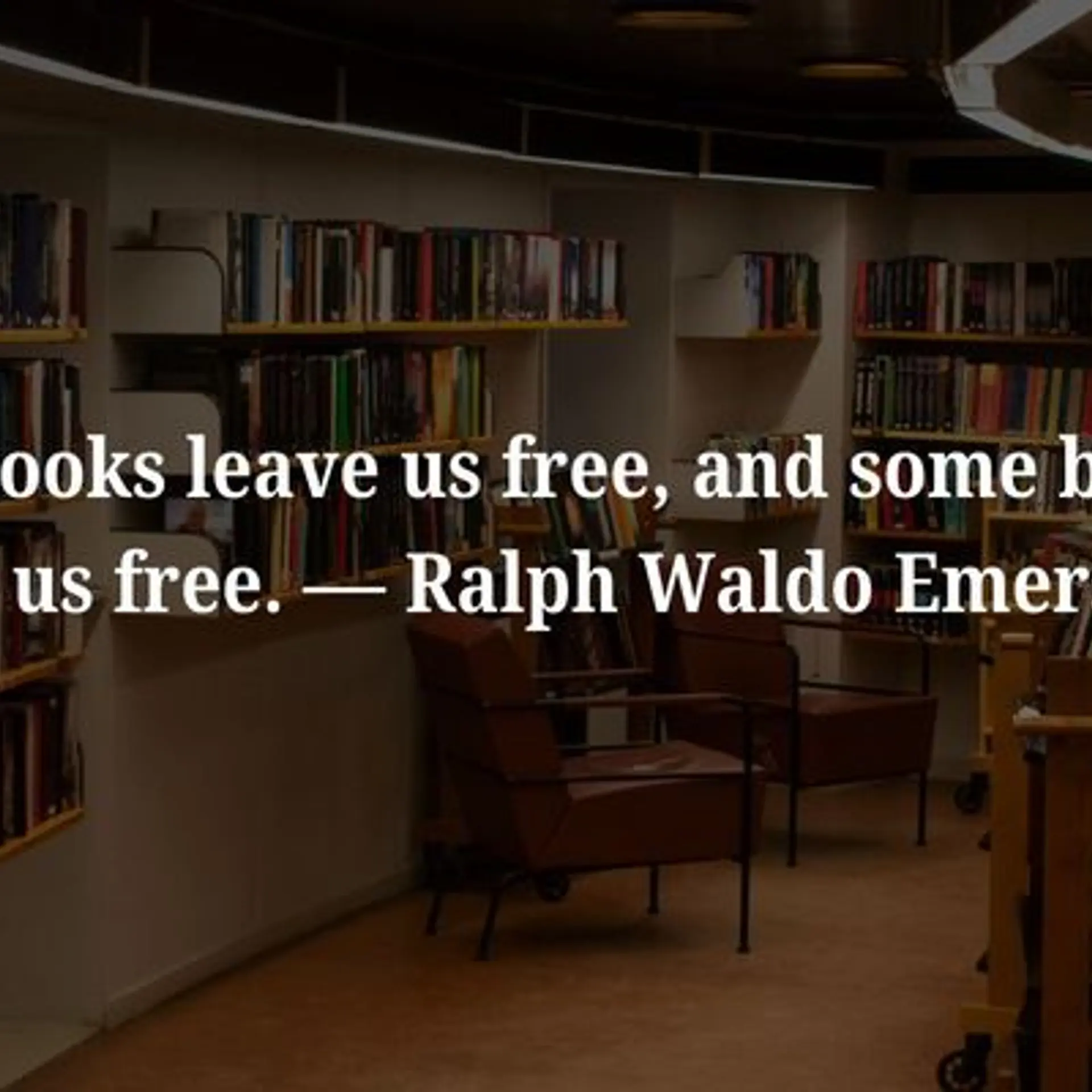How design can supercharge Indian startups, explains Mohit Jayal of Motherland Strategic Design
Q&A with Mohit Jayal, founding member of Motherland, a company that’s partnering entrepreneurs and new age enterprises to co-develop business models, products, services and customer experiences that create tangible impact.
If you’ve ever flown India’s ‘6E’est airline, had a jaw drop spontaneously at a Royal Enfield showroom or used #IncredibleIndia to tag a holiday pic, you’re possibly familiar with the brands created by the founding team of Motherland Strategic Design, a vibrant design and non-traditional marketing partner for brands that’s been making headlines recently, especially for their quirky projects such as JDH, an Urban Regeneration Project that aims to restore the Walled City of Jodhpur to its former glory. Well, they’ve even created their own co-branded quality amenity kits at low unit prices for .
Are they an advertising agency? A design boutique? A creative hot shop? Well, we caught up with Mohit Jayal, one of the founders, in a freewheeling interview to find out.

Mohit Jayal
1. Why did you start Motherland Strategic Design?
It kind of started itself. We were trying to focus on our urban regeneration project in Jodhpur and our various consumer products ventures, but our friends from the Venture Capital and startup community were keen to utilise our expertise as strategic advisors, so it just started happening. After a few successful gigs, we realised that it was a complementary business, so we decided to dedicate more time and resources to it.
2. What is Motherland Strategic Design’s genetics like?
Our core team members share a very specific mindset within the broader brand-building industry. All of us have spent the last decade specialising in sub-disciplines like experiential design and company culture. Collectively, this has led to an unusual combination of strengths in terms of experience, expertise and global networks.
3. How is Motherland Strategic Design different from the traditional advertising agencies in town?
We don’t do any advertising at all, so that’s one big difference! The key difference is that we don’t sell communication ideas to our partners, we work with them to co-develop customer experience, company culture, new products and services, etc. So quite different.

Motherland Office
4. What is Motherland Strategic Design’s secret sauce to getting it right?
Our single biggest strength - or secret sauce as you call it - is the ability to operate comfortably on a line between between two extreme mindsets: hard-nosed commerce and high-grade artistry. Most firms and individuals tend to gravitate towards one extreme or the other, but we’re quite happy to exist at the intersection of these two mindsets.
5. You’ve been behind some of the biggest brands in India, what are your key learnings from them?
We’ve learnt that you have to go way deeper than conventional marketing strategy if you really want to build a brand that customers and employees truly like and respect. And we learnt that this affection and respect is the only way to build sustainable value.
6. What was your most remarkable brand transformation?
Many were fun, but Royal Enfield was probably the most remarkable because we were part of the gang that Sid Lal assembled when he re-engineered that company and its products from scratch - and he (rather courageously!) gave us free rein to re-engineer the brand and experience from scratch too. Together we transformed it from a rusty, near-extinct dinosaur into a gleaming, newly relevant global star brand.

JDH Urban Regeneration Project
7. What according to you is your most iconic piece of work?
There are many things we are proud of, so it’s hard to say. Jodhpur is probably the most iconic because it’s a place, not just a product. Placemaking is one of our favourite missions.
8. Motherland Strategic Design’s work often goes beyond the conventional. Tell us about your most unconventional project?
Again, probably Jodhpur because the ambition and obstacles are equally huge, so there’s no scope for conventional thinking. We’re also promoters, so the stakes are high!
9. You’ve recently partnered with OYO, Snapdeal & Magicpin. Tell us about the solutions you create for them and insights from the partnership.
We’ve done loads of very diverse things with these ventures. With , we helped to sharpen their positioning and bring it to life without getting sidetracked by formulaic e-commerce strategies. With , we helped articulate what they really stood for, and then developed a detailed rollout plan to help infuse this into every single aspect of brand behaviour and company culture. With OYO, we worked closely with Ritesh and the leadership team to develop products and services like OYO Townhouse, OYO’s company culture initiative, F&B models and much more.
The key insight for us from this partnership? These ventures are led by some of the smartest, most visionary founders in the new venture world, and each of them strongly endorsed our view that there is a huge need for strategic design thinking at the leadership level - it was highly reassuring to have our hypothesis validated by top guns. Btw: lots of our case studies are available at motherlandsd.com

OYO Townhouse
10. Why do startups in India need a non-traditional marketing partner like Motherland Strategic Design?
Because strategic design is a powerful differentiator. A recent McKinsey article quoted someone who wisely said, ‘Capital is not a moat’. Very, very true.
11. Do you believe in the power of storytelling? How do you find the best story for a brand?
More than storytelling, we believe in identifying a strong narrative for the brand. It all sounds a bit like jargon and marketing B.S. *but* the basic aim is to uncover what the company stands for and then establish the relevance of that in the minds of employees, customers, society at large.
12. In what ways is Motherland Strategic Design’s thinking similar to that of a startup?
We’re putting our backsides on the line as founders of our own venture; and we partner some extremely clever entrepreneurs as well - so we’re quite familiar with the startup vibe! Like every entrepreneur, each of us has those moments when you wake up at 4 a.m. thinking ‘how the f#@% am I going to get this done?.
13. How should a startup approach their communication strategy?
They shouldn’t bother with communication strategy at all to begin with - but they should spend time and money on designing the product and experience at the highest possible standard. The same applies to stuff like brand identity and storytelling, etc. - it’s more important to stand for something and stay true to it. Cool logos, stories, ads, etc. will decay quickly if you don’t have a soul and a real mission. Culture will outlast campaigns, values will outlive valuations.
14. Why do you believe in partnerships and not clients?
The client-agent relationship is fundamentally flawed. It usually depends on one team trying to sell an idea to another team, which often turns into a game of persuasion ping-pong that is detached from business realities and reality in general. Much better to work in a multi-faceted team that combines pure business with pure creativity in order to find a path to victory. Sounds utopian, but happens all the time!
15. What are the kind of partnerships and collaborations would you be keen on exploring within the ecosystem?
Anything where we can help raise the quality of product, service, experience, socio-economic benefit. Not profit for the sake of profit (though profit is a good thing, too!).
16. What are the revenue models that Motherland Strategic Design works with?
A range of options, used standalone or in combination depending on the context: fee-based consulting, equity participation, co-investment opportunities, retail channel partnerships for our products, IP royalties, sales-linked revenue, etc.
17. Finally, what advice do you have for startups who are new to the world of brand identity and storytelling?
Call Motherland (or refer to question 13)







